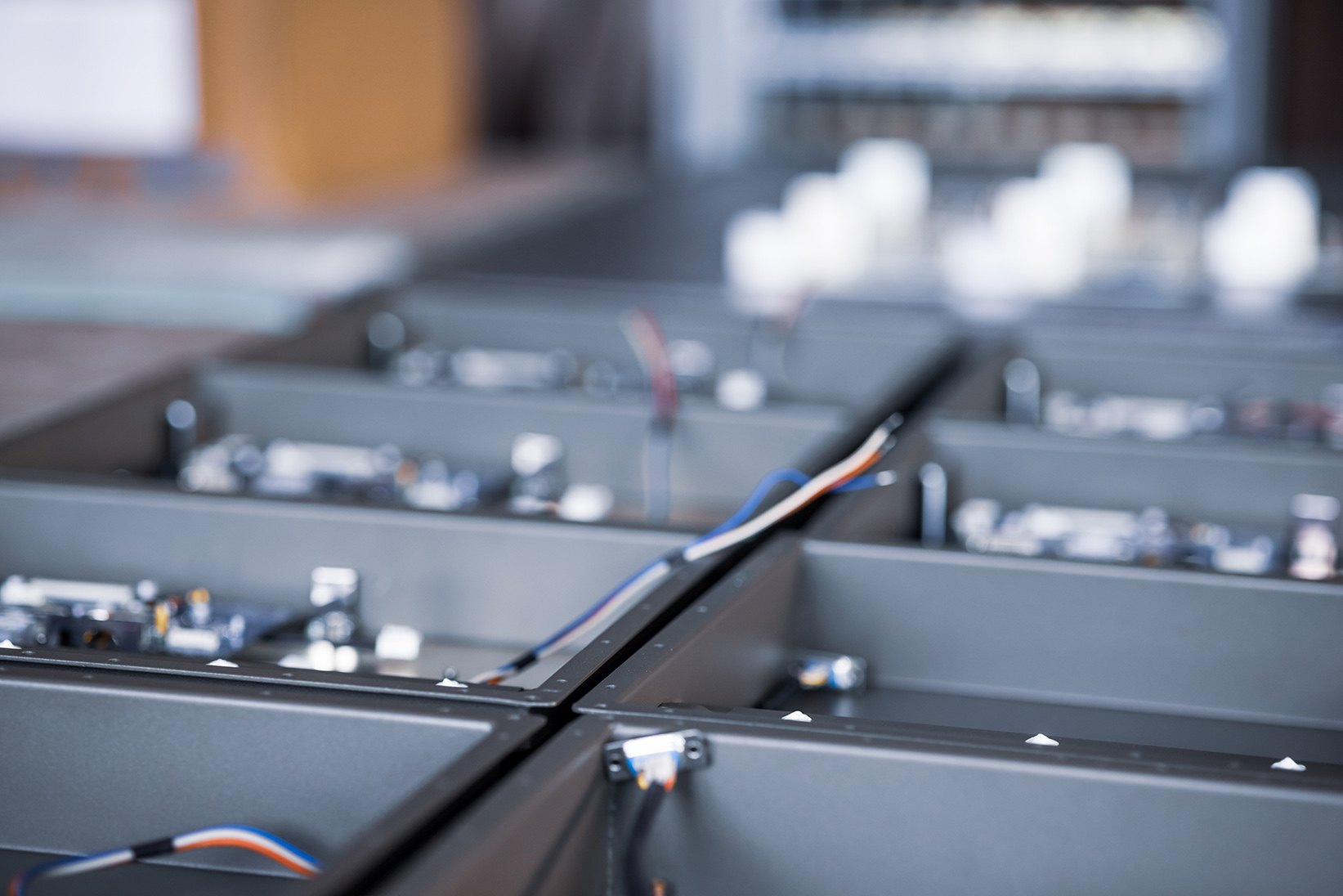
Battery recycling case studies highlight real-world successes in managing lithium-ion (Li-ion) battery waste, showcasing innovative technologies and partnerships that advance sustainability. These li-ion recycling examples demonstrate reduced environmental impact, resource recovery, and economic benefits. By examining real world battery recycling implementations, industries can learn best practices for scaling operations and achieving circular economy goals.
Green Li-Ion's Hydrometallurgical Recycling in Oklahoma
Green Li-Ion has pioneered a unique hydrometallurgical process at its Atoka, Oklahoma facility, converting black mass directly into precursor cathode active materials (pCAM), lithium carbonate, and graphite. Unlike standard methods requiring co-precipitation, this approach streamlines production.
An ISO-compliant life cycle assessment (LCA) by Minviro compared impacts. For NMC 622 pCAM, Green Li-Ion's method showed a 76% lower climate change impact than generic hydrometallurgy and 85-96% less than primary production. Lithium carbonate impacts were 20% lower than generics, with variable reductions versus primaries.
The facility processes unsorted black mass, achieving high purity and efficiency. Outcomes include informed strategies for further impact reduction and enhanced stakeholder communication. Future LCAs will use operational data for refinement.
This case exemplifies how innovative tech can outperform traditional methods, supporting domestic supply chains and sustainability.
Key Technologies and Outcomes
Direct conversion avoids extra steps, cutting emissions. Results: significant GHG savings, scalable model for North America.
Redwood Materials' Integrated Recycling in Nevada
Redwood Materials operates a large-scale facility in Nevada, recycling non-energized scrap and end-of-life (EoL) Li-ion batteries using reductive calcination, mechanical separation, and hydrometallurgy.
A lifecycle comparison revealed 77.1-88.7% energy reduction, 57.7-80.9% lower CO2 emissions, and 72.2-87.7% less water use compared to mining. Producing mixed metal sulfates further minimizes impacts.
Renewable energy integration optimizes benefits. The process recovers critical metals at >95% efficiency, providing a blueprint for sustainable recycling.
Partnerships with automakers like Toyota and Ford ensure steady supply, closing loops in EV production.
Environmental and Economic Benefits
Reduces mining reliance, creates jobs, and lowers costs. Scalable to handle growing EoL volumes.
Umicore's Closed-Loop Systems in Europe
Umicore collaborates with LG Chem and Audi for closed-loop recycling, using pyrometallurgical-hydrometallurgical combos to recover alloys and metals.
Technologies achieve >95% recovery of critical metals. Recycled materials emit 4 times less CO2 than virgin ones.
By 2030, recycling all EU EoL LIBs could avoid 1 million tons of GHG emissions. Extended Producer Responsibility (EPR) schemes and battery passports enhance traceability.
Outcomes: stable supply chains, reduced environmental footprint, compliance with regulations.
Implementation Strategies
Vertical integration and networks ensure efficiency. Supports SDGs 12 and 13.
Li-Cycle's Spoke and Hub Model in North America
Li-Cycle employs a Spoke and Hub technology, with spokes shredding batteries into black mass and hubs refining via hydrometallurgy.
Partnerships with VinES and KION recover 95% materials with low emissions. Scaling plans increase capacity 10x.
Solvometallurgy using deep eutectic solvents (DES) yields high recovery for metals. Outcomes: economic viability, reduced impacts, awards for innovation.
This model facilitates regional processing, minimizing transport emissions.
Technological Advancements
AI/ML for lifecycle management optimizes operations. Up to $1 trillion savings by 2025 globally.
Second-Life Applications in China and Africa
In China, firms like Brunph and GEM reuse 10,000 tons of EoL batteries (800 MWh) for backup power via hydrometallurgy.
Peak shaving with recycled EV batteries cuts costs. South Korea's evaluation centers value second-life batteries.
In Africa, M-KOPA and BBOXX repurpose for solar systems, outperforming lead-acid. Supercritical CO2 enables direct recycling.
Outcomes: enhanced energy access, safety improvements, GHG reductions in developing regions.
Reuse Strategies
Testing and reconfiguration extend lifespans. Supports affordable renewables.
Ascend Elements' Hydro-to-Cathode Process
Ascend Elements' Hydro-to-Cathode™ partners with Honda for closed-loop chains, producing cathode materials from recycled black mass.
Hydrometallurgy recovers high-purity precursors. Outcomes: significant environmental impact reduction, funding for expansion.
Emphasizes efficient, eco-friendly processes in North America.
Partnership Impacts
Ensures material supply, advances green recycling standards.
Volkswagen and General Motors Partnerships
Volkswagen with Redwood Materials and GM with Li-Cycle stabilize supply via vertical integration.
BASF with CATL builds recycling networks. Technologies for LFP batteries enhance recovery.
Outcomes: lower CO2, efficient chains, regulatory compliance.
Global Scaling
Networks avoid nearly 1M tons GHG by 2030 in EU.
Robotics and AI in Disassembly
Case studies like Villagrossi & Dinon (2023) use robotics for disassembly, improving safety and efficiency.
AI in North American networks (Slattery et al., 2024) manages lifecycles. Outcomes: reduced labor risks, higher yields.
Innovation Integration
Combines with hydrometallurgy for comprehensive solutions.
Challenges and Lessons Learned
Common hurdles: collection logistics, varying chemistries, high initial costs. Solutions: EPR, standardization, incentives.
Success factors: partnerships, tech innovation, LCAs for optimization.
Future Implications from Case Studies
These examples predict widespread adoption, with recycling supplying 20% critical metals by 2030.
Policy support drives growth, ensuring sustainable EV transition.
Conclusion
Battery recycling case studies from Green Li-Ion, Redwood, and others illustrate successful li-ion recycling examples. Real world battery recycling achieves emission reductions, resource efficiency, and economic gains, paving the way for a circular battery economy.

.jpg)
.png)
.png)
.svg)